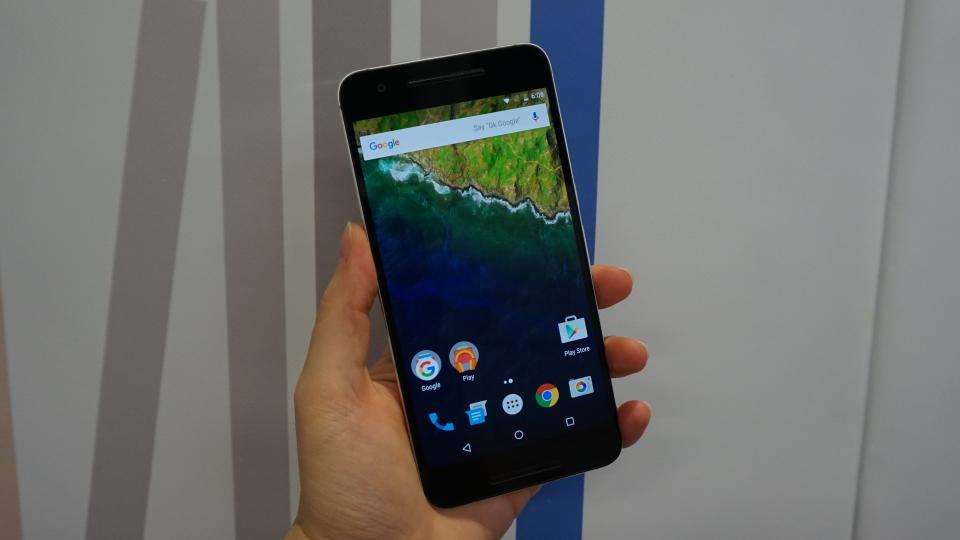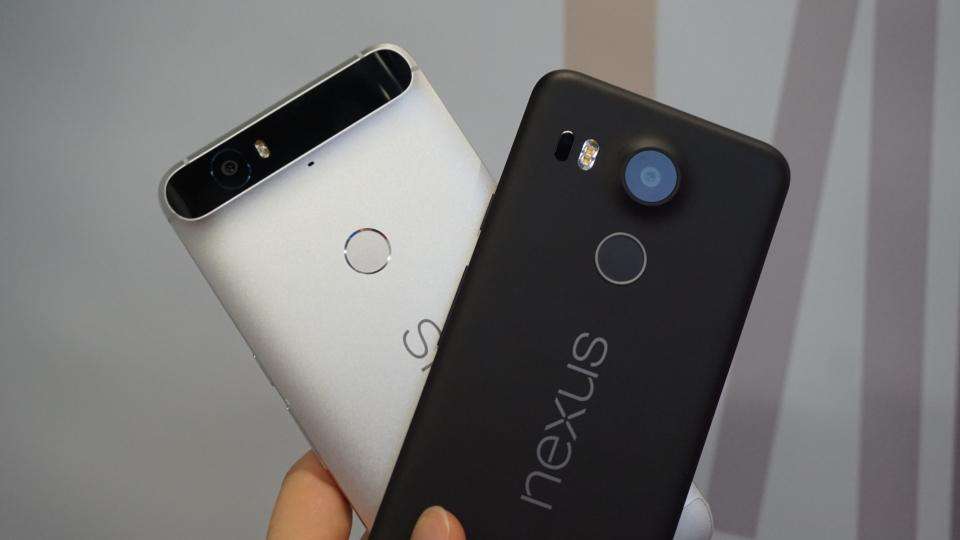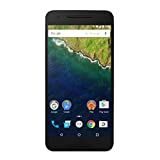Once upon a time, the Nexus 6P was the perfect compromise between performance and price.

When Google decided to make its phone iPhone-baiting premium products, many looked to the Nexus 6P as a cheap alternative. And it was for a while, but four years after release, it really is time to let go.
So where can you find similar bang for your buck in 2019? Well, not from Google's own Pixel 3 , that's for sure. Though brilliant, it'll set you back £739 - a far cry from the Nexus 6P's £440 RRP.
No, in fact, your best bet is to look to China. The OnePlus 6T is the best shout with specs to challenge the best of them but a £499 price tag. If that's too much, then Xiaomi's Pocophone F1 comes in at just £330 and matches it in most ways, with cuts in just the right places.
If you want to see the legacy the Nexus 6P left behind, you can do so below.
Katherine's original Nexus 6P review continues below.

Google Nexus 6P review: Design
While the Nexus 5X is made by LG, Huawei has stepped up to the plate for the Nexus 6P, bringing top-class design and excellent build quality. It's a gorgeous all-metal beauty, made out of aeronautical-grade aluminium and only 7.3mm thick. The Nexus 6P is a world away from the soft-touch plastic of the Nexus 5X. Its sculpted rear feels great in the hand, and its chamfered edges and textured power button also add a touch of class to help give it that premium look and feel.

It's clearly a phone that's built to last, although it remains to be seen just how scuffed its slightly protruding camera bar along the back of the phone will get during repeated table bashings. Admittedly, I'm not a huge fan of how the camera bar looks, but at least the lip is reasonably subtle and nowhere near as prominent as I thought it would be. You certainly don't notice it once you've got it in your hand, and it gives the phone a distinct look, especially when it's accompanied by the Nexus 6P's circular fingerprint sensor.
Google Nexus 6P review: Fingerprint sensor
This sits just above the flush, matt Nexus logo, and I found it was just the right height for my forefinger when I was holding the phone in one hand. I didn't have to adjust my grip to carry on using the phone either, as the rest of my hand was already in prime position.
The sensor supports multiple fingerprints, too, so you can register multiple fingers on either hand for extra convenience. It's perhaps not quite as neat and elegant a solution as Sony's power button implementation on the Xperia Z5 and Z5 Compact , but the Nexus 6P has the added convenience of being able to unlock the phone straight from sleep (in little more than a second, no less) without having to press the power button first.
The fingerprint sensor isn't just for unlocking your phone, though, as it will also be compatible with Android Pay, Google's contactless payments system, when it launches in the UK. This will let you pay for in-app purchases with your fingerprint as well as physical goods via contactless terminals, but Google has yet to announce which banks and stores will be supporting it. In all likelihood, it's looking like we won't see Android Pay in the UK until at least the second half of 2016. Either way, it should help bring Android phones up to date with Apple's iPhones, but I'll update this review with more concrete information nearer Android Pay's official launch date.
Google Nexus 6P review: Display
Either way, it all adds up to make the 6P the best-looking Nexus phone to date, but the real star is the 5.7in, 2,560x1,440 AMOLED display. I was disappointed with the screen on the old Nexus 6, as its default colour temperature was just far too warm, despite its 100% sRGB colour gamut coverage. There was no way to change it either, so everything ended up looking oversaturated as a result.
Thankfully, the Nexus 6P's display is a vast improvement. It still covers 100% of the sRGB colour gamut, but colours look far more natural and accurate this time round. It still has that slightly warm tinge that haunts most AMOLED handsets, creating some rather yellowish-looking whites – especially when you compare it side by side with the whiter-than-white whites on the LCD-based Sony Xperia Z5 – but it's certainly no worse than other AMOLED screens I've seen recently, such as the HTC One A9 and Samsung Galaxy Note 5 .
The screen isn't quite as bright as the Nexus 5X, admittedly, but with a peak brightness of 356.91cd/m2, the 6P is still perfectly usable outdoors. Likewise, with pure 0.00cd/m2 blacks and a contrast ratio of infinity:1, images just look more pleasing to the eye, as shadows are darker and there's a greater level of detail. Continues on Page 2
